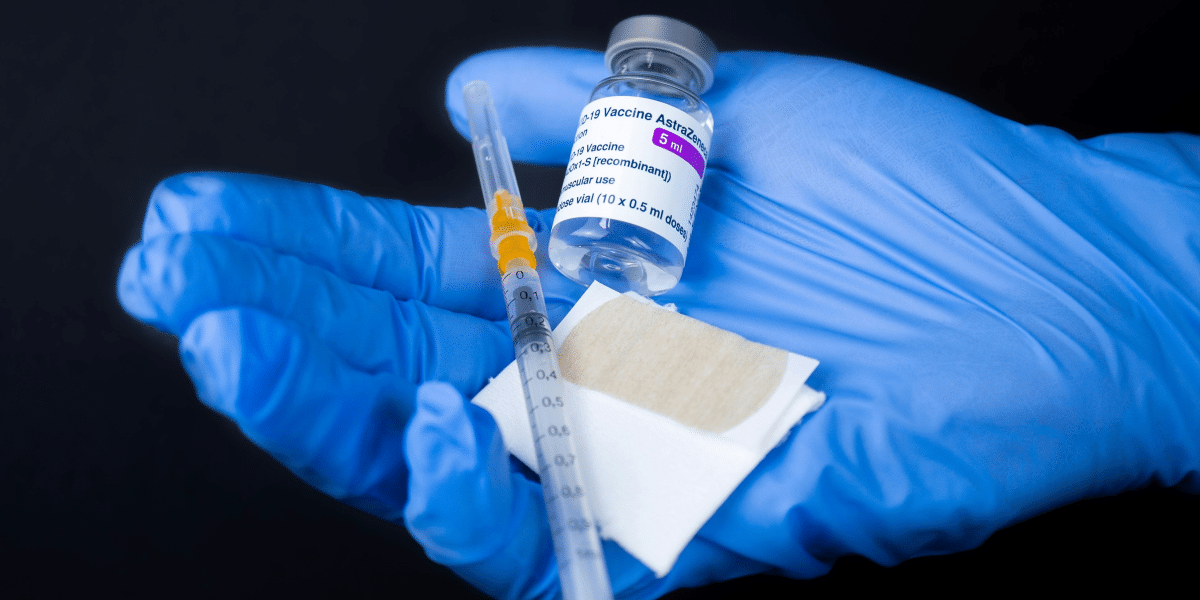A not-too-unique mission encountered by manufacturers in injection molding is flash. At the same time, like any other process, injection molding is one of the best green options, but it has some drawbacks. In addition to developing an interest in ideals, it can shape and distort the best models. Consequently, this reading will look at practical tactics to prevent injection molding flash during production for effective and efficient production. It is very important to know how to avoid flash when searching for low-cost injection molding services or when rapid prototyping with injection molding centered on prototyping is the main focus.
What Is Injection Molding Flash?
Flash, which is also referred to as a “burr” or “spew,” is the extra thin film, which is often surplus, around the rims, borders, or seams of a molded piece. This happens through the leaking of the molten liquid plastic outside the cavity of the mold, which subsequently hardens into an unwanted shape. The implications of flash go beyond being an aesthetic fault; it may interfere with the working of the components and lead to excessive post-processing and material wastage, thus increasing the costs incurred.
Why Does Flash Occur in Injection Molding?
It is critical to be aware of its causes to prevent injection molding flash. Flash usually occurs when the mold is improperly sealed while injecting the resin. The following is a list of the most contributing factors to this issue:
Defective Mold Construction: When a mold has clearances, misalignments, or wears out, plastic is forced out during the injection.
Deficient Clamping Pressure: If the clamping pressure is insufficient, it may enable the mold to open slightly, causing a gap through which a flash may arise.
Inappropriate Material Flow: When the plastic piping is very thin or the injection takes place too quickly, the plastic can ooze out from the smallest gaps in the mold.
Mold Wear: With time, molds can wear out, leading to poor closure, which causes flash.
Inhomogeneous Temperature: Worn-out molds can lead to uneven pressure distribution, contributing to flash formation.
How to Prevent Injection Molding Flash?
Now that we know the reasons, let’s examine some useful strategies for preventing injection molding flash and achieving high-quality parts.
1. Optimize Mold Design
An efficient mold design serves as the main barrier to flash occurrence. Remember to take care of these:
Appropriate Tolerances: This means the designed mold has to be assembled perfectly without any gaps that will prevent the escape of molten plastic. Any small displacement can cause the vertical plane to repeat instances of flash.
Effective Venting: Venting is required to expel any air that may be trapped in the mold, but it should be done so that plastic does not flow out. The size of the vents should be aimed at not inducing flash.
Sturdy Parting Line: The parting line is found at the junction of a mold’s two split halves. Maintaining this line intact and watertight is imperative to avoid leaking due to slippage.
Incorporating rapid prototyping with injection molding or rapid manufacturing in injection molding appears to be beneficial. You will be able to create and try out different mold designs before bringing out larger production, hence fewer chances of facing flash problems.
2. Modify the Capping Pressure
Capping pressure norms as prescribed must be followed and maintained, especially during injection. Capping pressure applied to the mold should not be that which allows the mold to turn on its axis, causing a flashing drum effect. On the other hand, if excessive pressure is applied, the mold may get fractured or suffer.
Determine the Correct Clamping Force: This force is a function of the size of the area of the component that projects an injection force. To obtain the needed closing pressure, one applies known union equations.
Always Check the Machine Malfunctions: Check your injection molding machine routinely and fix it or adjust it back to the correct settings.
3. Refinement of the Injection Parameters
Injection molding is a multi-step process, but here are some essential steps. It is necessary to alter these parameters appropriately to prevent injection molding flash:
Lower Injection Speed: Lower injection speeds protect plastics from the tendency to leak through small gaps.
Optimize Injection Pressure: High pressure will result in plastic injection in unwarranted spaces. One should start with lower pressure and progressively increase it to the optimum quality desired in the part.
Hold Time Adjustment: Reducing the duration of the hold time may lessen the risk of a flash. However, be certain that it is sufficiently long to enable complete filling and to prevent the occurrence of sink marks.
4. Regulate Material and Its Temperature
The flaring determines, to some degree, other influences that accompany the addition of the plastic you are using and the temperature settings resulting from it.
Select Appropriate Material: Some low anisotropic materials tend to flash more than others because their viscosity is quite low. Use materials appropriate for the mold design and application.
Control the Temperature of Molds: If the heating is not uniform, it can cause thermal expansion, creating spaces conducive to flash. Buy temperature control equipment and ensure you keep the molds at a consistent temperature.
Enhance Material Drying: Moisture absorbed by the plastic forms steam, which in turn may cause flashing. Always dry the materials according to the manufacturer’s instructions before use.
5. Consistent Mold Maintenance
Over time, due to constant use, the sealing surfaces of the molds may become worn out, which may lead to the formation of flash. Therefore, a scheduled maintenance practice will serve to prolong the life of the molds and cut down on flash;
Examine Seals and Parting Lines: Survey the parting line and seals for any signs of wear, nicks, or burr formation often.
Molds Should Be Kept Clean: The buildup of residue may hinder the mold’s closure; thus, it is advisable to clean the molds at the end of each production cycle.
Grease the Moving Components: Jamming or running the molds without the proper mechanical cost can lead to excessive mechanical wear of the molding pieces’ surfaces.
6. Utilize Secondary Processes If Required
In cases where some flash cannot be eliminated, secondary processes can be introduced to correct such deficiencies;
Deburring: This is removing flash by hand using sharp or abrasive implements.
Automated Trimming: This method involves trimming flash by machines, and it is used in economically developed countries where production levels are high.
Nonetheless, it is more economical to reduce the flash during the molding process than to seek to correct the defect through secondary operations, especially when the concern is low-cost injection molding services.
Achieving Flash-Free Injection Molding
In conclusion, to prevent flash in injection molding, it is essential to have a well-designed mold, set the machine correctly, and maintain it properly. By tackling the problem causes (mold design, insufficient clamping pressure, wrong material settings, etc.), flash occurrences can considerably minimize or upsurge molded part quality.
Suppose you require low-cost injection molding services or rapid prototyping with injection molding. In that case, all of these measures will enhance the quality of your parts and minimize waste and production costs. When it comes to manufacturing parts of good quality, producing flash-free parts always contributes a lot of value that can be appreciated in the manufacturing industry as it will help one save a lot in terms of costs and time.
Output-oriented practices enable you to produce high-quality output products within the required standard without excessive post-processing. Focus on corrective measures for the areas of concern in your process, and improvements will be realized in the form of improved designs, satisfied customers, and lower manufacturing costs.
While flash can be a longstanding problem, eliminating it from your injection molding process is possible with relevant expertise and techniques. By concentrating on accuracy, calibrating machine settings, and taking care of your molds, you will be more than halfway there to produce excellent-quality components with few, if any, defects.
If you are ready to move beyond the basics of injection molding in your projects, use these hints now to see how your efficiency will increase.
Published by: Josh Tatunay

















